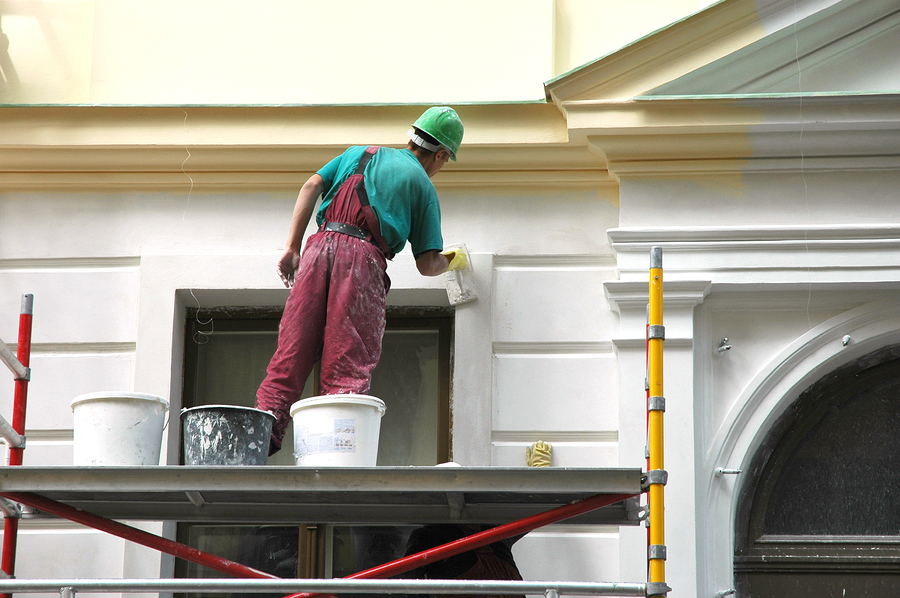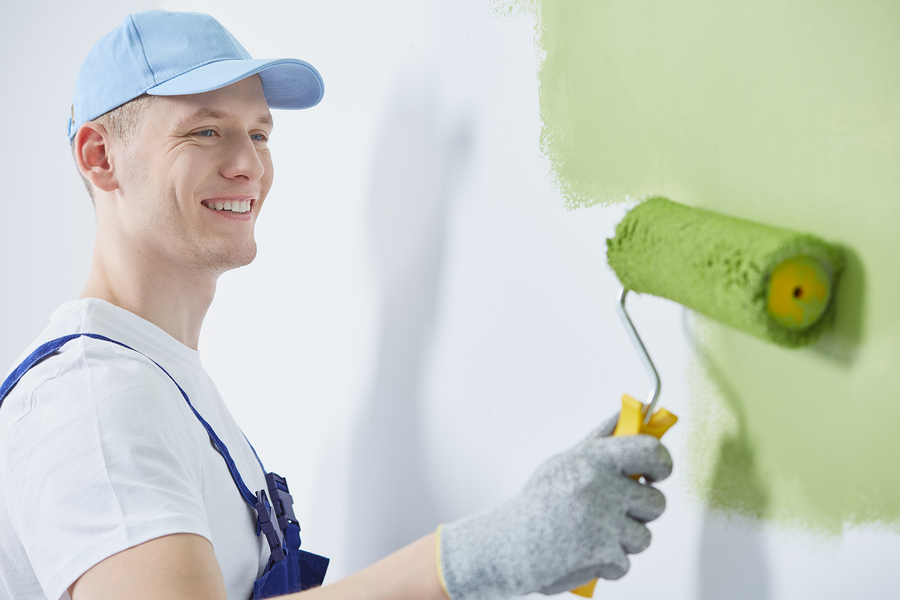Once the gargantuan task of home painting is complete, you’re just going to want to sit back, relax and enjoy the new look you’ve injected your “haunts” with.
But whether it was a hired contractor who tackled the project or your own efforts that yielded the colourful results, the act of painting your house’s interior or exterior is a major investment of time and money…and you should always be considering the ways to keep it looking its best.
Taken from a post-painting perspective, extending the longevity of your paint as much as possible is the goal, and we have some great residential painting tips to offer in this area.
Maintaining interior paint
Checking for spots and stains
Spots and stains will accumulate on your home painting job over time; to ease the discomfort of cleaning difficult-to-remove spots from your walls, it’s best to get to them immediately. This technique may sound simple on the surface but consider that you may not be aware of spots upon their initial appearance.
Take some time to examine high-traffic areas, as this will help you pinpoint potential spots that need treatment. You can rest assured knowing that when we say these high-traffic areas encompass staircase walls, hallways, kitchens and kids’ bedrooms, it’s an accurate statement. Additionally, pay attention to areas where pets or children enjoy play time or where furniture – including chairs or sofas – touches the walls.
Cleaning spots and stains
Upon determining an area that needs cleaning, we recommend washing it with a damp sponge; if deeper cleaning is necessary, add a small amount of dishwasher detergent to the damp sponge (though don’t make it soaking wet).
Dealing with mould
Mould loves high levels of humidity and warmth, so for warm and humid rooms – like basements and bathrooms – you can purchase special paints that prevent the emergence of mould (you can also ask a professional painter how they can help with the application of such paints). If you do find a wall with mould or mildew on it, examine the affected area to determine the infestation’s severity.
You can clean it using a solution of one-part bleach to four parts water (ensure to test the bleach solution on a small spot initially) – if the area is larger than nine square-feet, consider turning to a professional cleaning service.
The battle against fading paint
One of the best ways to avoid paint that fades are to invest in a high-quality paint right from the get-go. Professional painters always inform clients that colour fade, when using a high-quality paint (even in bright sunlight), is not a problem. If you are uncertain as to the quality of paint currently on your walls, use shades or curtains to block incoming sunlight.
Maintaining exterior paint

Avoiding rot
Did you know that paint provides much more than just injections of colour to the surface of your home? It’s true.
It also retards the process of rotting and weathering of surfaces, and therefore it’s important to check that the undersides of corner boards are fully painted – whether you’re painting your home yourself or turning to a professional. If the bottom of corner boards isn’t painted, it will absorb water and cause the board to rot.
Frequency of maintenance
Exterior paint maintenance is dependent on the material or siding that is used on your home, and we can tell you that paint on stucco generally endures longer than it does on wood trim. What does this mean for homeowners? Those with wood siding should expect to repaint their homes more often than those with stucco.
Environment is also a factor here, in that it plays a role in the life of your paint job; homeowners living in milder climates will experience longer-lasting paint jobs than those who live in harsher environments. Generally, though, you should expect to repaint your home every six to 10 years.
Dealing with the spectres of mould and mildew (again)
Once more, the growth of mould and mildew rear their ugly heads when the subject of exterior paint comes up. To avoid this problem, you can purchase exterior paint with special additives that will help prevent mould and mildew from taking hold and attacking surfaces.
Three-coat system
During an exterior paint job, problem areas could develop due to exposure to the elements, and we can tell you from vast experience that after years of vulnerability to rain, wind, snow and sun, your paint can begin to peel.
If you are experiencing problem areas on the exterior of your home, such as peeling window seals or fascia boards, it’s a good idea to put two coat finishes on those areas. Professional painters take care of this for clients when they’re hired, starting with a high-quality primer paint followed by two coats of finish paint (thus, a “three-coat system”).
A quality paint job will bring new life to your interior and exterior, and when properly maintained, can last for years. By following our tips, you can keep your paint looking like new throughout the full lifetime of your investment while enjoying the look of your home for years to come.


